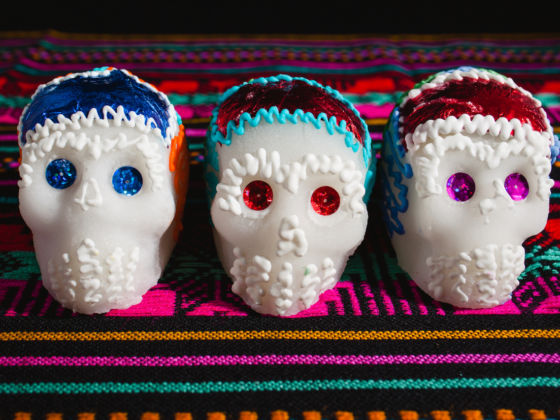Upon hearing the word “death” one instantly thinks of war, grieving, burial or cremation, Heaven and Hell, and for more than a few, fear.
Many Westerners consider death a taboo subject and considered a social faux pas when broached in conversation, especially when it refers to someone who has recently died.
